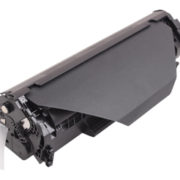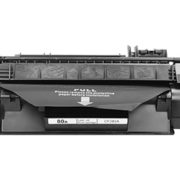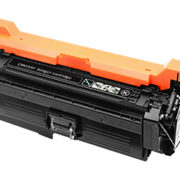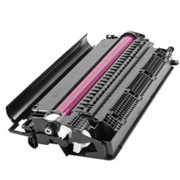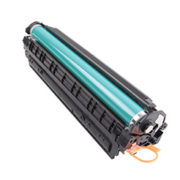Are Compatible Toner Cartridges As Good As OEMs?
When deciding which type of replacement cartridges to buy for your printer, you may be a bit overwhelmed by the number of options. Whether you need toner or ink cartridges, you will usually have the option of buying new original equipment manufacturer (OEM) consumables, new compatible consumables manufactured by a third party, or reconditioned, “remanufactured”, cartridges, made by refilling and overhauling used OEM cartridges. From a consumer perspective it is therefore natural to ask if compatible cartridges are of the same quality as OEM ones, as they are often significantly cheaper.
When looking to see if a compatible consumable is as good as the OEM recommended version, the question needs to be asked if you are really comparing like-for-like. You will be paying less per print if using a compatible cartridge, but will not have the support of the OEM in terms of reliability and quality. The issue then becomes if the compatible version will give you better value for your money. Many people have reported that non-OEM ink cartridges show a significant reduction in performance and reliability, even accounting for the reduction in price. Ink quality is often lower, and the interface with the printer is more likely to suffer from interference or errors. However, results for toner cartridges are more mixed.
This is because, unlike ink, toner is a standardised product, and manufacturers of compatible or remanufactured cartridges are therefore better able to produce a match for the printer’s exact requirements. The remaining issues of compatibility of interface are addressed most directly by using cartridges reconditioned from used OEM consumables (although these may still have issues if the interface is worn), or by ensuring that you purchase from a reputable third party manufacturer with its own guarantee. Manufacturers with ISO 9001 certification are likely to be more reliable and produce better quality goods than those without.
The quality of the drum and drum blade are very important in a toner cartridge, and these should be the focus of your quality checks. Find out if they have they been replaced (in a reconditioned cartridge), and if they are of a comparable quality and design to the OEM recommended cartridge. If these items check out, the consistency of toner quality means that a compatible toner cartridge may well be as good as an OEM piece of equipment for basic printing purposes, as well as almost certainly being cheaper. In the case of reconditioned cartridges, they will also be better for the environment, wasting fewer raw materials, and delaying the disposal of several sorts of non-biodegradable waste. However, don’t forget that even brand-new OEM cartridges fail from time to time, so there may still be issues with even the best third party cartridge.
Those who demand very high quality printing (photo quality or higher) may find that the clarity of non-OEM cartridges reduces faster than that of OEM ones, and if this type of printing (low volume, high resolution) is what is required, saving a little money on consumables may be offset by reprints to obtain satisfactory quality. You should also remember that using non-OEM toner cartridges may invalidate your warranty, so they may be a false economy until this has expired.
Ben Greenwood is writing on behalf of Cartridge World, the UK’s leading specialist in toner cartridges and ink cartridges.


